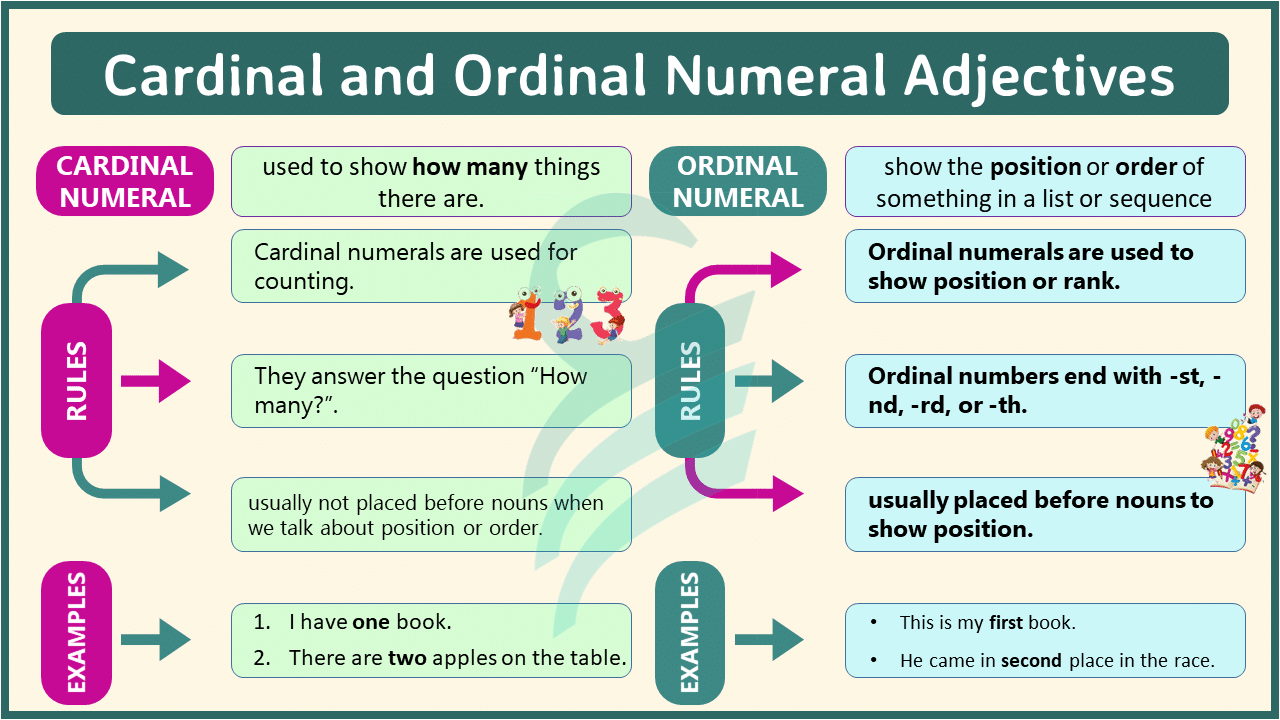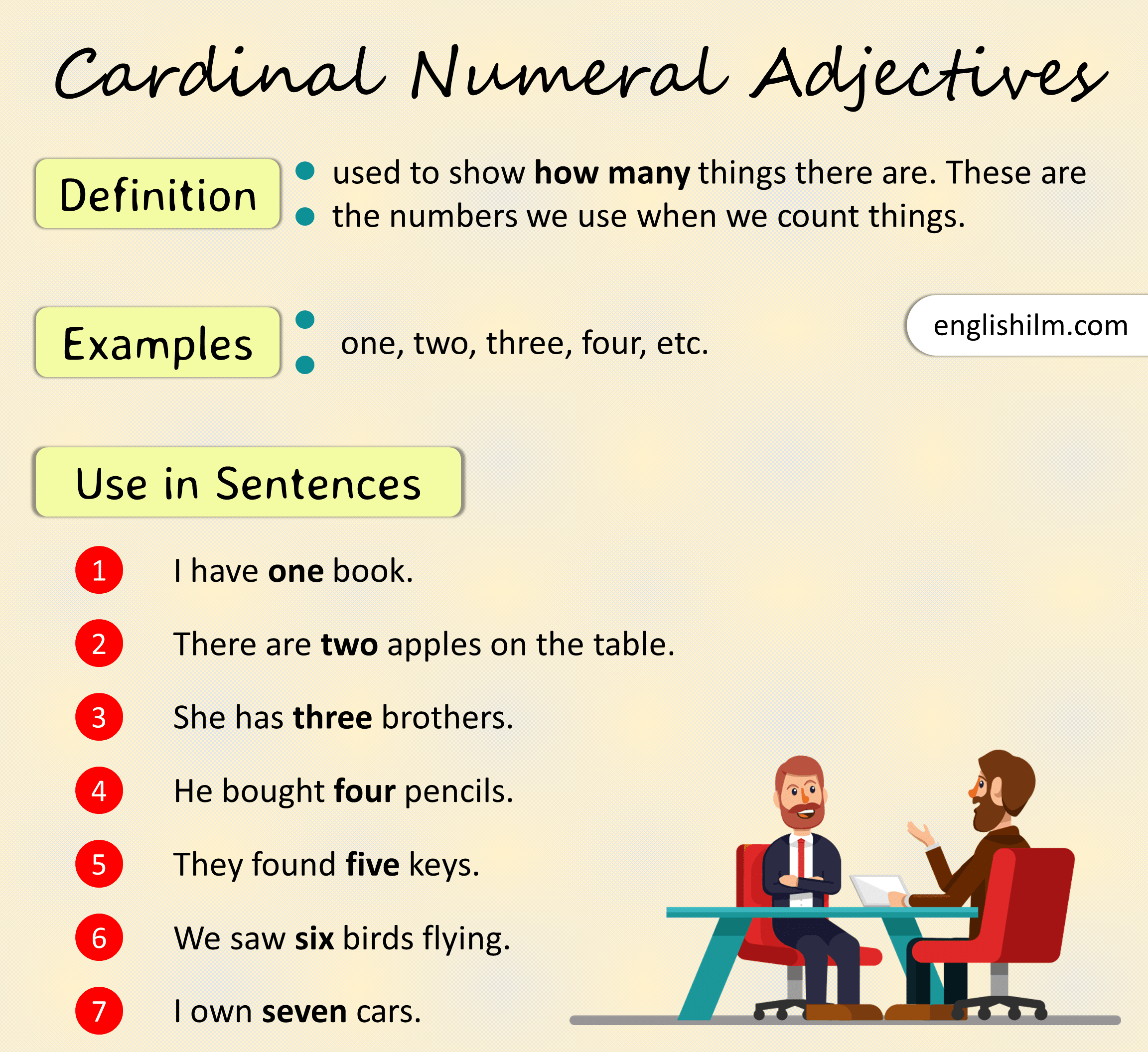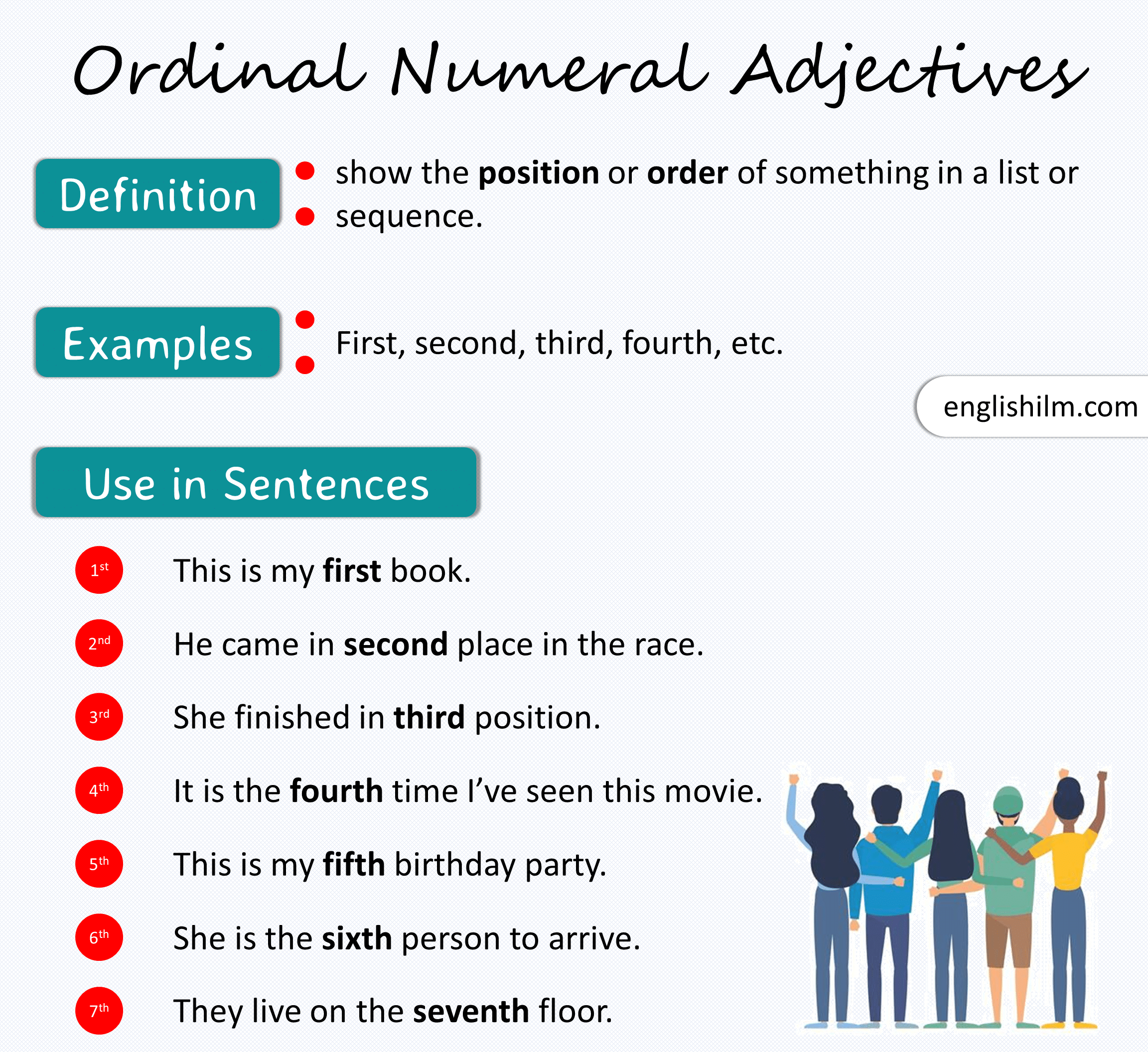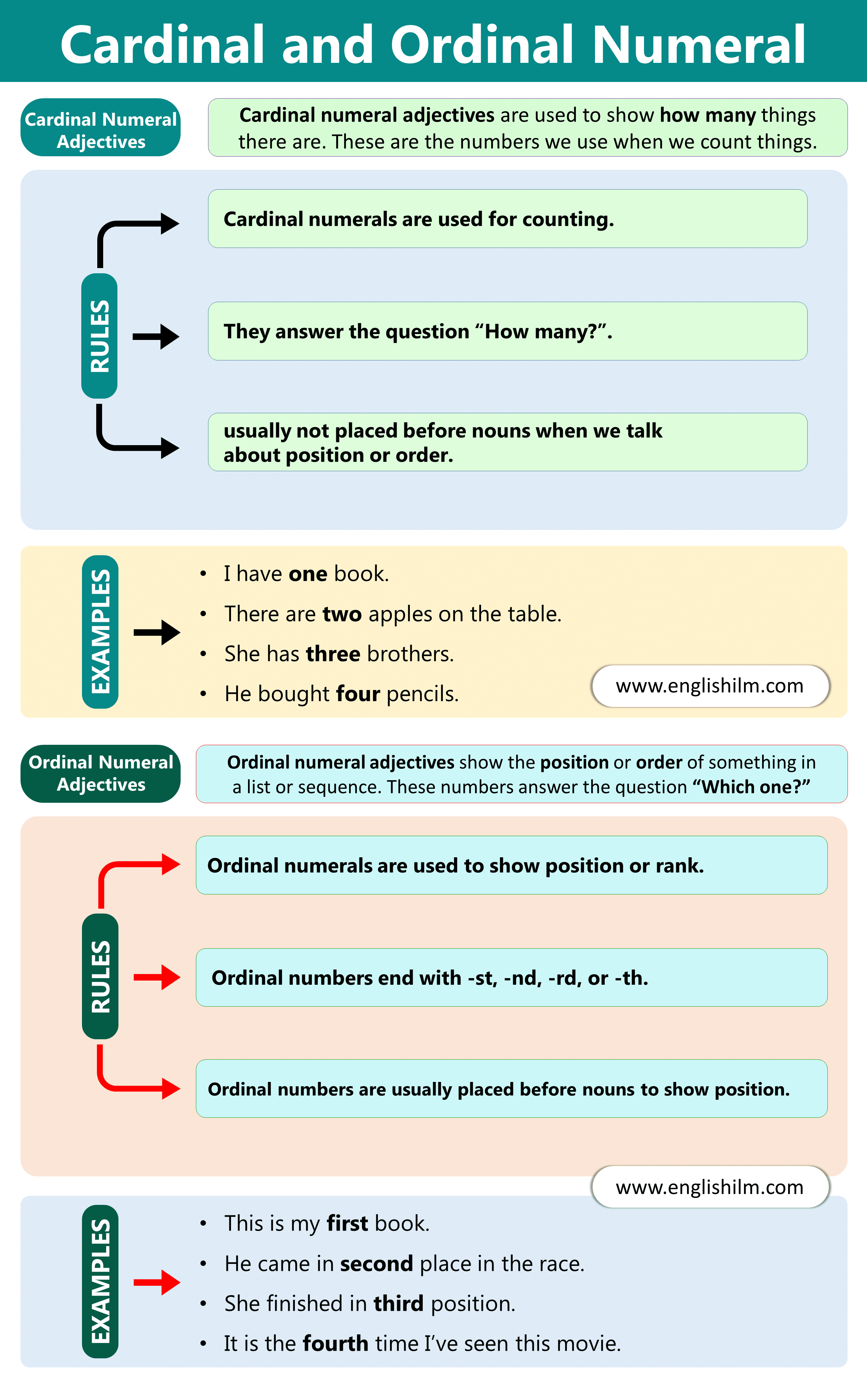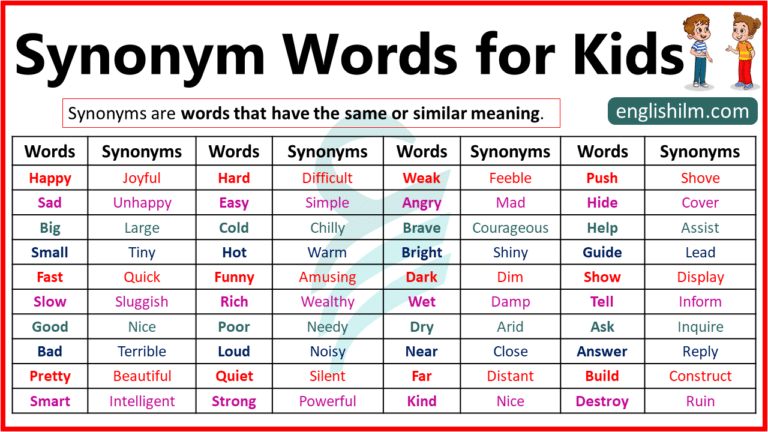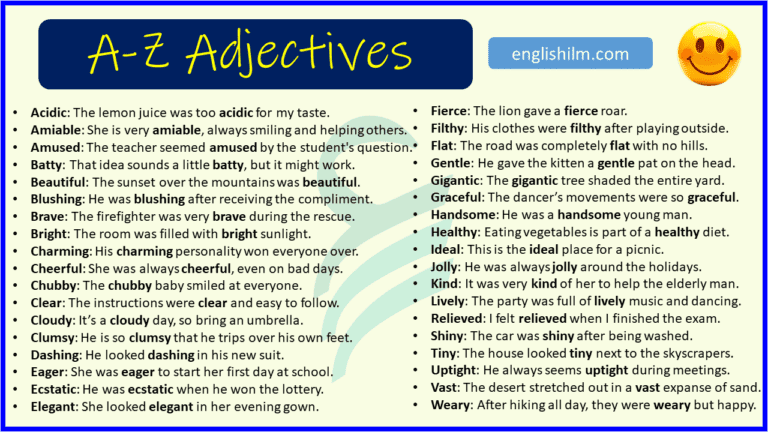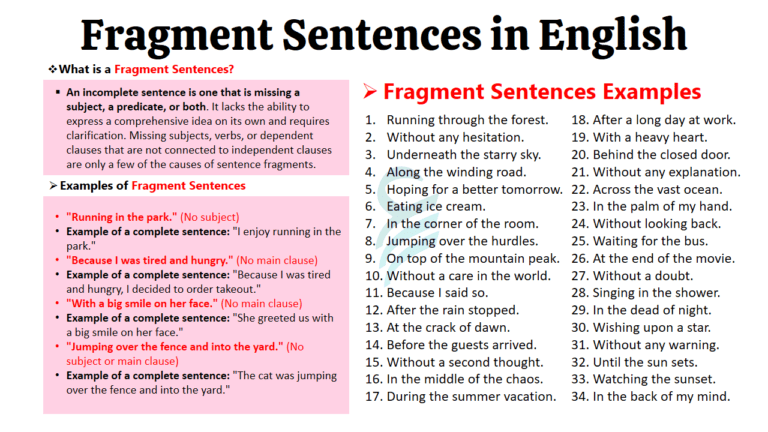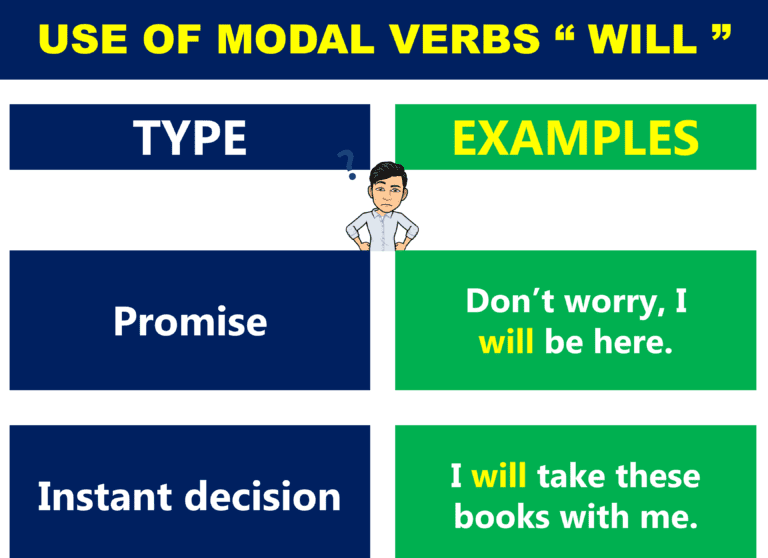In English, there are two main types of numeral adjectives: cardinal and ordinal. These adjectives help us describe the quantity or order of things, but they do so in different ways. Let’s explore the differences between cardinal and ordinal numeral adjectives and understand how to use them with easy examples.
- Cardinal numerals answer “How many?” and are used for counting things.
- Ordinal numerals answer “Which one?” and are used to show order or position.
Read more: Cardinal and Ordinal Numbers
What are Cardinal Numeral Adjective?
Cardinal numeral adjectives are used to show how many things there are. These are the numbers we use when we count things. For example: one, two, three, four, etc.
Rules for Cardinal Numerals:
- Cardinal numerals are used for counting.
- They answer the question “How many?”.
- Cardinal numbers are usually not placed before nouns when we talk about position or order.
Examples of Cardinal Numeral Adjectives:
- I have one book.
- There are two apples on the table.
- She has three brothers.
- He bought four pencils.
- They found five keys.
- We saw six birds flying.
- I own seven cars.
- There were eight chairs in the room.
- They took nine photographs.
- She has ten friends.
What are Ordinal Numeral Adjectives?
Ordinal numeral adjectives show the position or order of something in a list or sequence. These numbers answer the question “Which one?” instead of “How many?”
Rules for Ordinal Numerals:
- Ordinal numerals are used to show position or rank.
- Ordinal numbers end with -st, -nd, -rd, or -th.
- 1st (first)
- 2nd (second)
- 3rd (third)
- 4th (fourth)
- Ordinal numbers are usually placed before nouns to show position.
Examples of Ordinal Numeral Adjectives:
- This is my first book.
- He came in second place in the race.
- She finished in third position.
- It is the fourth time I’ve seen this movie.
- This is my fifth birthday party.
- She is the sixth person to arrive.
- They live on the seventh floor.
- He is the eighth person in line.
- Today is the ninth day of the month.
- The event will take place on the tenth of May.
By understanding the differences between cardinal and ordinal numerals, you can correctly use these adjectives to talk about quantities and positions in everyday conversations.
Difference between Cardinal and Ordinal Numeral Adjectives
Comparing Cardinal Numeral Adjectives and Ordinal Numeral Adjectives with 30 Examples:
| # | Cardinal Numeral Adjective | Ordinal Numeral Adjective |
|---|---|---|
| 1 | I have one apple. | This is the first apple. |
| 2 | She bought two books. | She finished the second book. |
| 3 | We need three chairs. | He came in third place. |
| 4 | There are four cats. | This is the fourth time I’ve seen it. |
| 5 | I have five friends. | This is my fifth birthday. |
| 6 | He has six shoes. | She was the sixth person to arrive. |
| 7 | There are seven days in a week. | Today is the seventh day of the week. |
| 8 | I found eight coins. | It’s the eighth coin I found. |
| 9 | She has nine pencils. | This is my ninth pencil. |
| 10 | There are ten cookies. | He ate the tenth cookie. |
| 11 | I read eleven pages. | We will meet on the eleventh of July. |
| 12 | The class has twelve students. | She is the twelfth student in line. |
| 13 | They sold thirteen tickets. | It’s the thirteenth time I’ve seen that movie. |
| 14 | I have fourteen pens. | She arrived on the fourteenth day. |
| 15 | There are fifteen flowers. | The fifteenth flower is my favorite. |
| 16 | I found sixteen dollars. | This is the sixteenth time he called. |
| 17 | She bought seventeen shirts. | He is the seventeenth player on the list. |
| 18 | There are eighteen students in the class. | The eighteenth student will present next. |
| 19 | We had nineteen guests. | The party ended on the nineteenth of May. |
| 20 | I need twenty minutes. | We’ll meet on the twentieth of March. |
| 21 | He has twenty-one toys. | The twenty-first toy is broken. |
| 22 | I bought twenty-two tickets. | She is the twenty-second contestant. |
| 23 | There are twenty-three people at the party. | The twenty-third guest has arrived. |
| 24 | She owns twenty-four shoes. | This is the twenty-fourth pair of shoes I’ve seen. |
| 25 | I have twenty-five ideas. | It’s the twenty-fifth idea on the list. |
| 26 | We walked twenty-six miles. | The twenty-sixth step was difficult. |
| 27 | He has twenty-seven stickers. | She finished twenty-seventh in the race. |
| 28 | I saw twenty-eight birds. | The twenty-eighth bird was red. |
| 29 | There are twenty-nine pages left. | This is the twenty-ninth page in the book. |
| 30 | He found thirty dollars. | Today is the thirtieth of April. |
Frequently Asked Questions
1. What’s the difference between cardinal and ordinal numerals?
Cardinal numerals tell us how many of something there are, like “one,” “two,” or “three.” For example: “I have two cats.” On the other hand, ordinal numerals tell us the order or position of something, like “first,” “second,” or “third.” For example: “She finished in third place.”
2. How do I use ordinal numbers in a sentence?
To use ordinal numbers, place them before the noun to show the position of something in a series. Ordinal numbers end with -st, -nd, -rd, or -th.
Examples:
- “It’s the first time I’ve been here.”
- “I came second in the race.”
- “This is my fourth attempt at solving the puzzle.”
3. Can ordinal numbers ever be used for counting?
No, ordinal numbers are never used for counting. They are strictly for showing the position of something in a sequence, such as “first,” “second,” and “third.”
For counting, always use cardinal numbers, like “one,” “two,” and “three.”
Example:
- Correct: “I have two books.”
- Incorrect: “I have second books.”
4. How do I know when to use “first,” “second,” or “third”?
The usage of “first,” “second,” and “third” is simple:
- Use first for the 1st item or position.
- Use second for the 2nd item or position.
- Use third for the 3rd item or position.
Example:
- “He finished first in the race.”
- “She was second in line.”
- “I live on the third floor.”
5. Are there exceptions to the rule for forming ordinal numbers?
Yes, there are a few exceptions! Ordinal numbers for numbers ending in 1, 2, and 3 follow these patterns:
- 1st (first)
- 2nd (second)
- 3rd (third)
However, for numbers 11-13, we don’t follow the typical pattern:
- 11th (eleventh)
- 12th (twelfth)
- 13th (thirteenth)
After 14, you go back to using -th for all numbers. For example, “14th” (fourteenth), “15th” (fifteenth), and so on.
6. Can I use ordinal numbers to talk about the position of things in a list?
Yes! Ordinal numbers are often used when you want to talk about the position or order of things in a list or sequence.
Example:
- “This is my fifth favorite movie.”
- “The third chapter is the most important in the book.”
You can also use ordinal numbers in dates to specify the day or the order of events.
Example:
- “The meeting is on the first of May.”
- “My birthday is on the tenth.”
Read More

